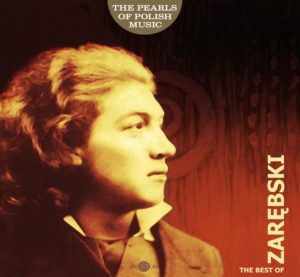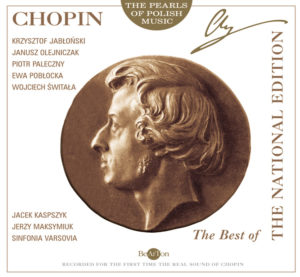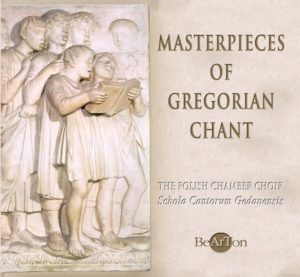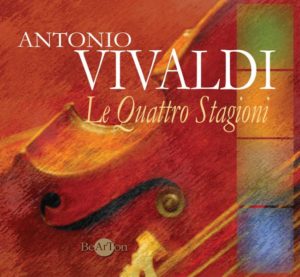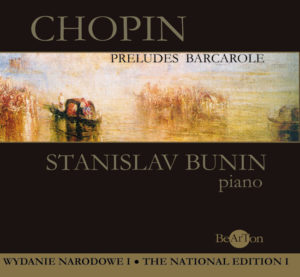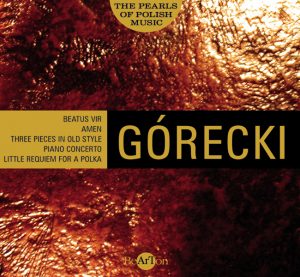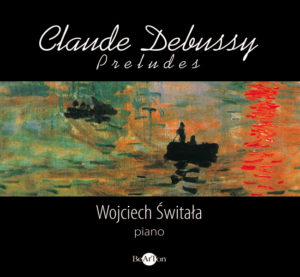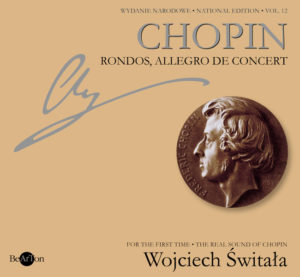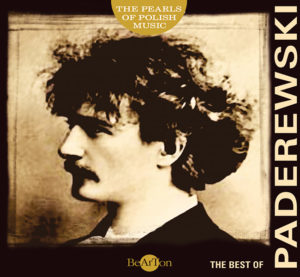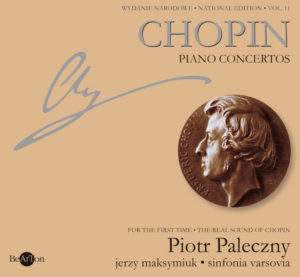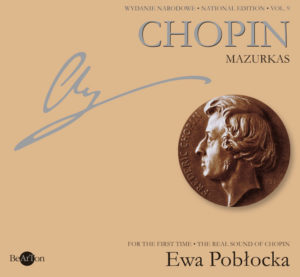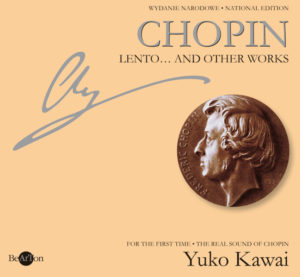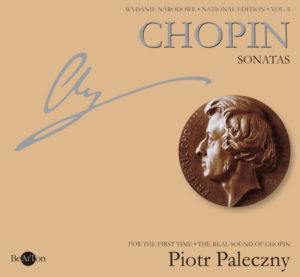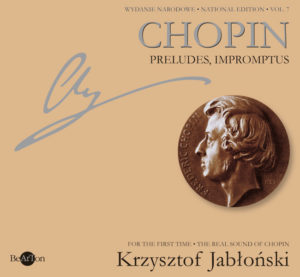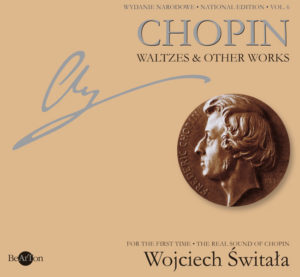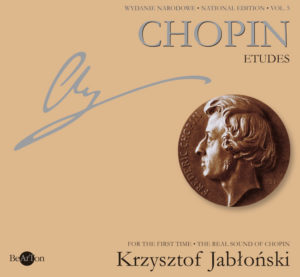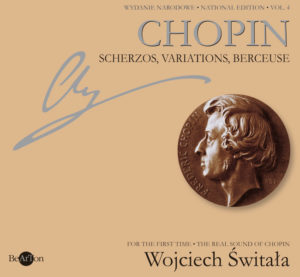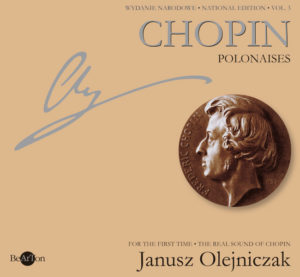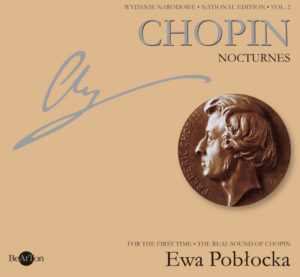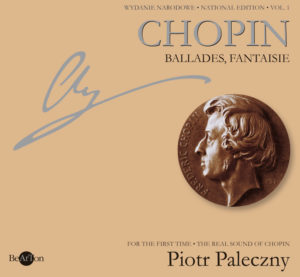Chopin – Rondos, Allegro de concert
Chopin – Rondos, Allegro de concert
Cat. No. CDB019
Music disc: CD-AUDIO
Performer:
Wojciech Świtała – piano
CD content:
- Rondo in C minor op.1 – 8’18”
- Rondo in f major op.5 – 8’24”
- Rondo in E flat major op.16 – 10’27”
- Allegro de concert in A major op.46 – 11’43”
Total time – 39’31”
Prizes:
Listen a part
42.99złAdd to basket
© ℗ 2001 Bearton
Rondos, Allegro de concert
No other works by Chopin introduce as much fun and playfulness, lightness and verve into his music as his rondos do. He composed them as a young man, in Warsaw between 1825-28 and Paris between 1832-33. Later, the composer never returned to the carefree rondo as an independent form of music. Rondos were composed in the important period in Chopin’s life, when he decided to make music his profession. That encouraged him to study systematically. His will to compose in the fashionable drawing-room brillant style challenged him to master its rules. That style, favoured by pianists-composers, demanded a spectacular show of piano playing, and thus rondo was one of the preferred music forms.
No wonder Chopin’s fascination with virtuosity was reflected in his rondos. It was connected with the use of elements from folklore, which shocked the contemporary drawing-room audiences with its coarse and distinct character. Otherwise Chopin framed his rondos in a classic form, reaching for his textural model mostly to the works by the composers who had initiated the brillant style: J. N. Hummel and K. M. Weber. However, the young composer altered the adapted models in his own way, applying some unconventional tonal and textural ideas, which took him outside of the commonly accepted stereotypes.
The two Warsaw rondos, Op. 1 and 5, were given the most elaborate form. Soon after their composing they were published by the Warsaw bookseller A. Brzezina. Rondo in C Minor Op.1 opened the official catalogue of music works and it was the first of Chopin’s compositions to be given an opus number. The work is faultlessly constructed, light in character and extraordinarily clear in expression. Despite the use of set piano figures, it is marked by the young composer’s individuality.
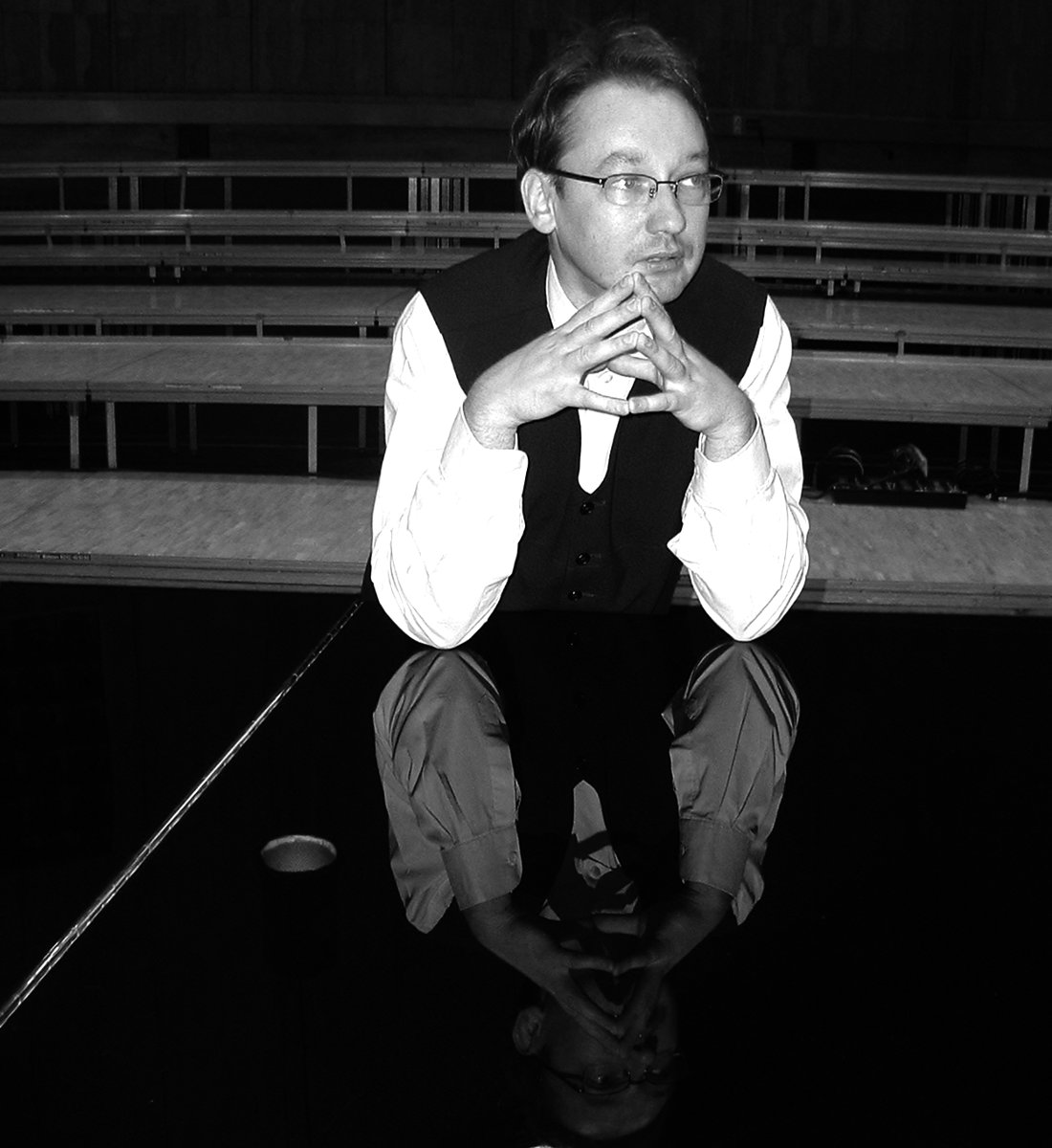
Wojciech Świtała
Chopin dedicated his Rondo in F Major to his childhood playmate, Alexandrine Countess de Moriolles. It was his first composition written during his study with Eisner. Subtitled d la mazurka, this piece of music is even more expressive than the previous one. Its very first bars accentuate the Lydian mode, thus indicating the source of inspiration. This scale, used by Chopin for the first time, forms the basis for the oberek dance, the main theme of the piece. It is by no means the only element of folkloristic origin, for it was the composer’s conscious intention to clash the drawing-room virtuosity and the roughness of folk tradition together. Although others practiced it, Chopin was quite unique in his idea. Building the brilliant, concert-like structure of the work, at the same time he intensified the use of folk elements. The impetus and spontaneity of the work made someone comment on Rondo Op. 5, that it was a true rendering of a country dance. Though it may be a little farfetched, this opinion tells a lot.
Rondo in E Flat Major, Op. 16, represents the Paris variety of the brillant style. Faithful in its form to the classic tradition, it was added a complex introduction and a virtuoso coda in line with the Paris set of rules. Chopin’s return to the form he had already abandoned in his youthful years and its continuation in the first years of his stay in Paris was a surprise. There were even some attempts to backdate the piece to the Warsaw period. Without going into the motivation for its composing, the last rondo once again brought the glittering texture of piano playing fully into life. To a master pianist it offered a chance for an outstanding success.
In the summer of 1841 at Nohant Chopin decided to finish his work on his third Piano Concerto, which he had been writing for nine years, referring to the brillant style and Concerto in E Minor. But he could not commit himself to it too deeply and kept composing other pieces. As a result, the first, unfinished part of the Concerto, along with the orchestra parts, was used by Chopin to compose an independent Allegro de concert, Op. 46. He dedicated it to his student, Friederike Müller. This interesting work by Chopin, though for technical reasons rarely performed, has some charming sound sequences and undeniably impressive piano-playing value. Chopin reportedly conffest: This will be the first work I will play at my first concert in free Warsaw, after 1 return to my country.
Marek Weroński
Translation: Elżbieta Kowalewska-Mroczek
Reviews
Jego interpretacje (Wojciecha Świtały) zachwycają klarownością, blaskiem i bardzo przemyślanymi proporcjami – agogicznymi i dynamicznymi.Wojciech Świtała po mistrzowsku łączy wirtuozowski blask z delikatnością. Nic dziwnego więc, że jego interpretacje Rond znakomicie oddają zarówno związki tych utworów ze stylem brillant, jak i zwiewność Chopinowskiej poetyki.
W Allegro koncertowym pianista świetnie różnicuje partie orkiestrowe i solowe, przedstawia słuchaczowi Chopina – symfonika.{…} Jest to nagranie tym cenniejsze, że zachęca do poznania utworu nieobecnego na estradach.




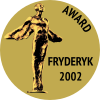


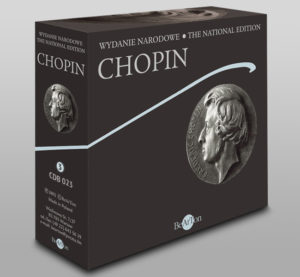
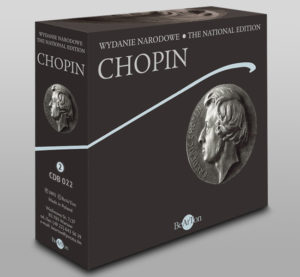
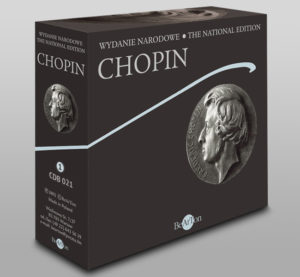
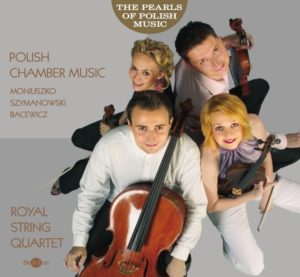
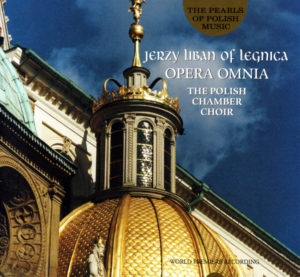
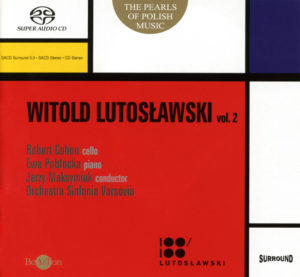
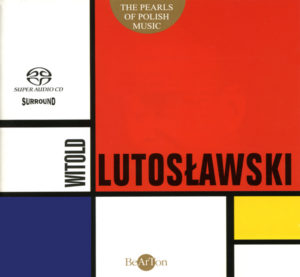
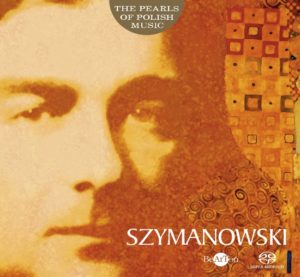
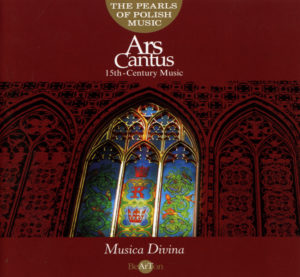
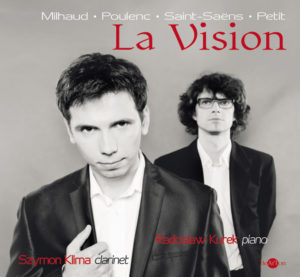
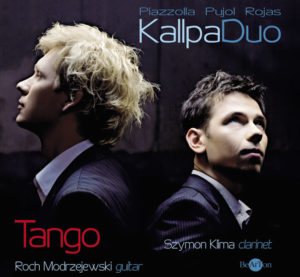
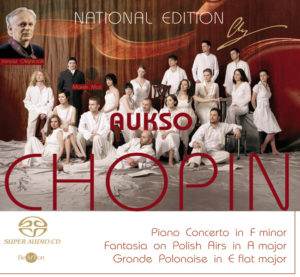
![Chopin – Walce [B] i inne utwory CDB047](https://www.bearton.pl/wp-content/uploads/Chopin-Walce-B-i-inne-utwory-CDB047-A-300x277.jpg)
![Chopin – Pieśni [B] CDB046](https://www.bearton.pl/wp-content/uploads/Chopin-Piesni-CDB046-A-300x277.jpg)
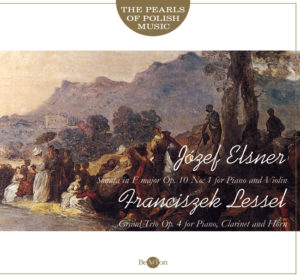

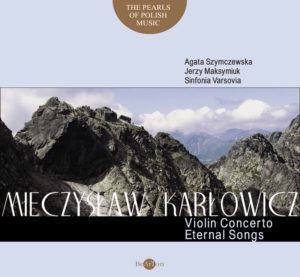
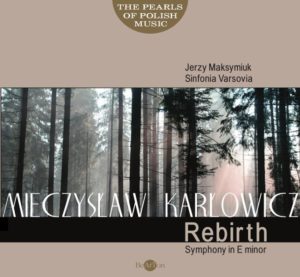
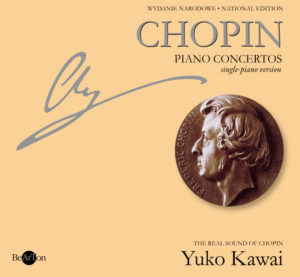
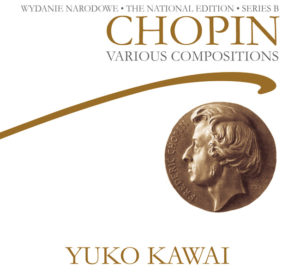
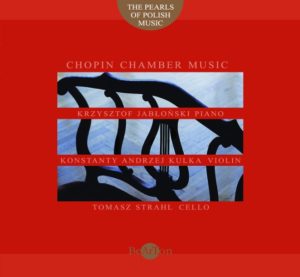
![Chopin - Mazurki i inne utwory [B] CDB038](https://www.bearton.pl/wp-content/uploads/Chopin-Mazurki-i-inne-utwory-B-CDB038-A-300x277.jpg)
![Chopin – Polonezy [B] CDB037](https://www.bearton.pl/wp-content/uploads/Chopin-Polonezy-B-CDB037-A-300x277.jpg)
